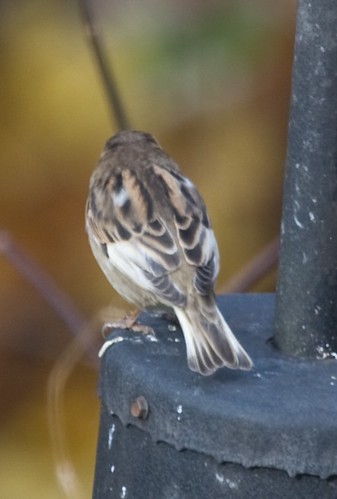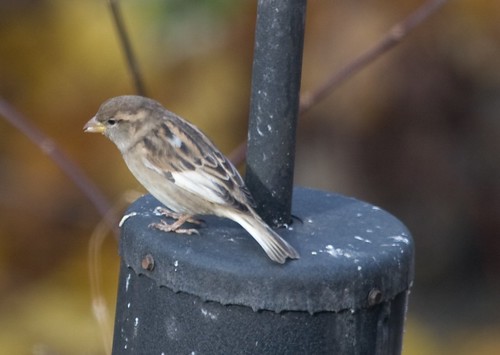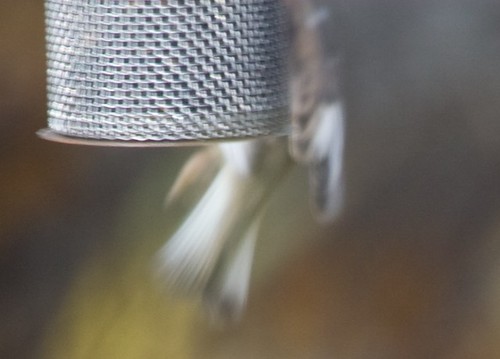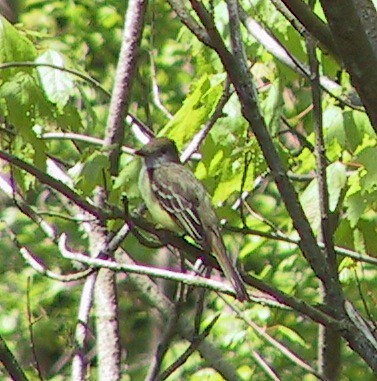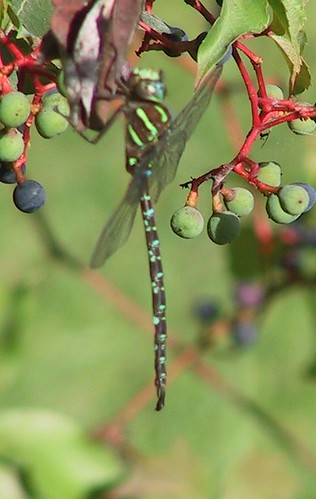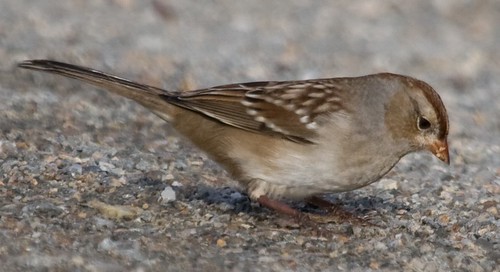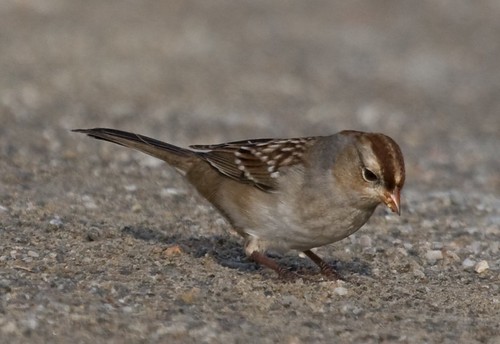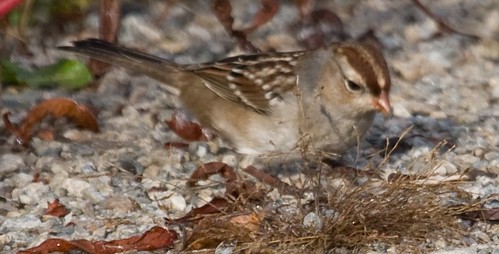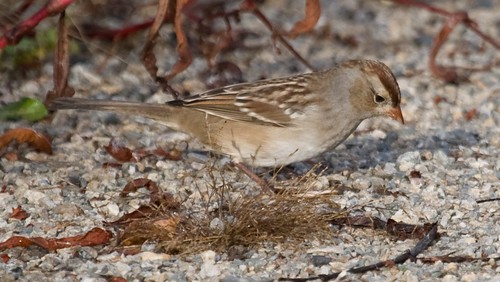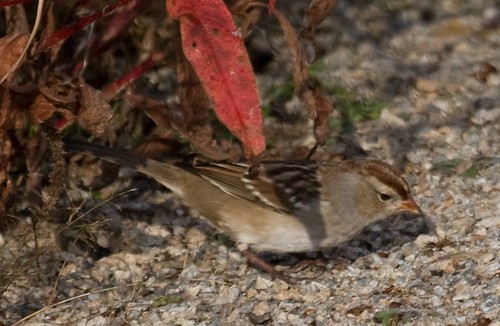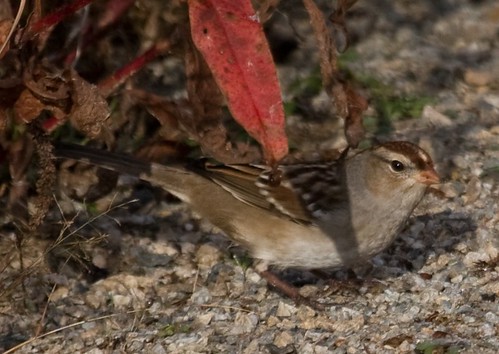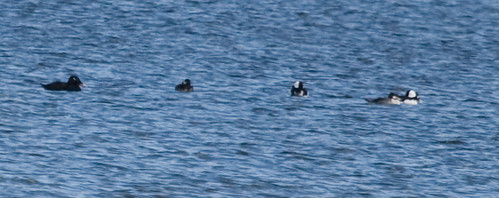Flint’s Pond is a large pond in Lincoln that’s worth a quick check whenever you’re passing by. Most times there won’t be much, but every so often a sea duck or grebe will drop in and there’s occasionally something of note in the trees as well.
For reasons that I still haven’t figured out, Flint’s Pond is located on Sandy Pond Rd. If you’re heading east on Rt. 2, it’s the small turnoff just before Tracy’s Corner. From the east, it starts by the library (opposite Trapelo Rd.). There’s a fire lane that has a wide enough area to pull off and still not be in the way. From there, you can scan fairly easily and move around a bit. A scope is definitely a necessity (and often not enough).
Birds tend to hang out near the island and in the far right. Sometimes good things can be found in close. Walking a short distance to the left down the road gives a view of the right side, which only occasionally has things.
Keep your ears open and eyes up on the trees as well. There’s often warblers and bluebirds around and I’ve seen Pileated Woodpecker while driving up. There are several trails in the area, some right there and some further up the road. I haven’t wandered around them much (I did spend one afternoon trying to get closer to the back side of the pond, which doesn’t appear to be possible) but they look like they’re worth checking occasionally.
